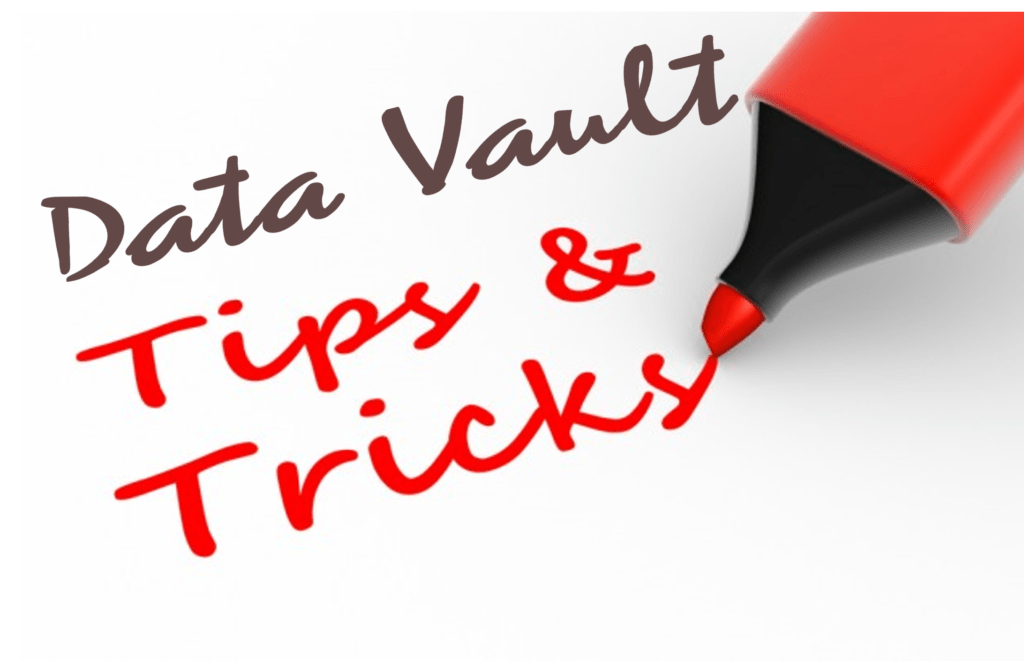From the Desk of Dan: Understanding MetaOps
MetaOps is a critical aspect of data management and analytics, especially in large organizations with complex data ecosystems. It helps organizations to better understand their data assets, reduce the risk of data breaches or errors, and improve the efficiency and effectiveness of data-related processes. MetaOps professionals are responsible for a lot of tasks, from overseeing metadata-related activities, such as designing metadata models, establishing metadata standards and policies, creating and maintaining metadata repositories, and training users on metadata-related best practices. Let’s dive into more of what that means.
Defining and Understanding MetaOps
MetaOps, also known as MetaData Ops or Metadata Operations, refers to the processes and practices involved in managing and optimizing metadata in an organization. Metadata, simply put, is data that describes other data. It provides context, structure, and meaning to raw data. MetaOps involves activities such as collecting, storing, categorizing, analyzing, and utilizing metadata to improve data governance, data quality, data integration, and data-driven decision-making.
What is the main issue that MetaOps attempts to solve?
The main issue that MetaOps attempts to solve is the challenge of managing and making sense of large and complex data ecosystems. With the exponential growth of data, organizations often struggle to just keep track of all the data they possess, forget about leveraging it effectively. MetaOps helps to address these challenges by providing a systematic approach to managing metadata, which is the key to unlocking insights, improving data quality, and ensuring effective data governance. By leveraging MetaOps, organizations can improve their understanding of their data assets, reduce the risk of errors or compliance issues, streamline processes, and ultimately drive better business outcomes.
You might say, “Well Dan, that’s informative, but so what? As a business, why do I need to care about my Meta Data?” Great question. There are a lot of business implications. Let’s consider some of them:
- Improved Data Quality: MetaOps helps to ensure that data is accurate, consistent, and complete. This in turn leads to better decision-making and reduces the risk of costly errors or compliance issues.
- Enhanced Data Governance: MetaOps supports effective data governance by providing visibility into data lineage, ownership, and usage. This helps organizations to better manage data assets, ensure compliance with regulations, and reduce the risk of data breaches. In today’s climate, data security is of the utmost importance. Keeping your data secure should never be understated!
- Increased Efficiency: By enabling faster and more accurate data discovery, integration, and analysis, MetaOps can help to streamline data-related processes and reduce the time and effort required to perform these activities.
- Better Business Insights: MetaOps can help to unlock insights from data that might otherwise go unnoticed. By providing context and structure to data, MetaOps can help organizations identify patterns, relationships, and trends that can inform strategic decision-making.
- Improved Collaboration: MetaOps promotes collaboration and knowledge sharing across different teams and departments within an organization. By providing a common language and framework for understanding data, MetaOps can facilitate communication and collaboration, leading to more effective teamwork and better outcomes.
Automation and MetaOps:
We all like efficiency. More and more automation options become available all the time – and often can reduce the risk of errors while increasing business speed. Here are a few examples:
- Metadata Collection: Metadata can be automatically collected from various sources, such as databases, applications, and file systems, using tools such as scanners, crawlers, and APIs. This can help to reduce manual effort and ensure that metadata is collected consistently and accurately.
- Metadata Analysis: Automated algorithms and machine learning models can be used to analyze metadata and identify patterns, relationships, and anomalies. This can help to uncover associations among data, context, and meaning that lead to insights that might otherwise go unnoticed; thereby facilitating decision-making.
- Metadata Integration: Automated tools can be used to integrate metadata from different sources and create a unified view of an organization’s data ecosystem. This can help to improve data integration and reduce the risk of inconsistencies or errors.
- Metadata Management: Metadata can be automatically managed and updated using tools such as data catalogs, data dictionaries, and metadata repositories. This can help to ensure that metadata is up-to-date and accessible to all stakeholders.
- Metadata Governance: Automated workflows and rules can be used to enforce metadata governance policies, such as data classification, data lineage, and data access control. This can help to ensure compliance with regulations and reduce the risk of data breaches.
However, it’s important to note that not all aspects of MetaOps can or should be automated. For example, designing metadata models and establishing metadata standards and policies require human expertise and judgement. Automation should be used to augment human effort and improve efficiency, not replace it entirely.
I’d like to get started, now what?
Just like adding any other tool or process into your business, there are best practices and suggested steps to get started in MetaOps, to establish a solid foundation for effective metadata management and ongoing initiatives.
- Identify Stakeholders: Identify stakeholders within the organization who will be responsible for managing metadata, such as data architects, data analysts, and IT staff. Establish a cross-functional team to oversee MetaOps initiatives.
- Define Goals: Define clear goals for MetaOps initiatives, such as improving data quality, enhancing data governance, or streamlining data-related processes. These goals should align with the organization’s overall business objectives.
- Assess Current State: Assess the organization’s current state of metadata management, including metadata models, tools, and processes. Identify gaps and opportunities for improvement.
- Develop a Metadata Strategy: Outline how your organization will manage metadata over time. This strategy should include a roadmap for implementing MetaOps initiatives, timelines, and resource requirements.
- Establish Standards and Policies: These will need to govern how metadata is collected, stored, and used within the organization, and should align with industry best practices and regulatory requirements.
- Implement Metadata Tools and Processes: These should support your MetaOps initiatives, such as data catalogs, data dictionaries, and metadata repositories. It is also crucial to take the time to train users on how to use these tools effectively.
- Monitor and Improve: Use metrics and analytics to measure progress towards goals and identify areas for further improvement.
Can Data Vault 2.0 help with MetaOps?
If you know me, then you know the short answer is yes. Data Vault 2.0 is a solution for modeling and managing data warehouses that can be leveraged to support MetaOps initiatives. Let’s dive into how it does that:
- Data Vault 2.0 is metadata-driven: In Data Vault 2.0, metadata is used to define the structure and relationships of data entities, which makes it easier to manage and leverage metadata for various purposes. This approach aligns well with the principles of MetaOps, which prioritize metadata management and governance.
- Data Vault 2.0 supports data lineage and traceability: In Data Vault 2.0, all data transformations and integrations are captured in the data vault, which enables traceability and data lineage. This helps to support effective data governance, which is a key aspect of MetaOps.
- Data Vault 2.0 is adaptable and flexible: Data Vault 2.0 can accommodate a wide variety of data sources and data structures, which makes it more adaptable to changing business needs. This flexibility supports MetaOps initiatives, which often require the ability to integrate and analyze diverse data sources.
- Data Vault 2.0 supports collaborative data management: Data Vault 2.0 is designed to support collaborative data management, which is a key aspect of MetaOps. By providing a common language and structure for understanding data, Data Vault 2.0 can facilitate communication and collaboration across different teams and departments within an organization.
Overall, Data Vault 2.0 can help organizations to establish a solid foundation for effective metadata management and ongoing MetaOps initiatives. By leveraging Data Vault 2.0, organizations can improve their understanding of their data assets, streamline data-related processes, and ultimately drive better business outcomes.
If you’d like to learn more about the DV 2.0 solution and how DataVaultAlliance is leading the movement to deliver Data Vaults Done Right, Everywhere, Every Time™ explore our website. Have more questions? Contact us below!





